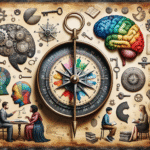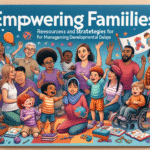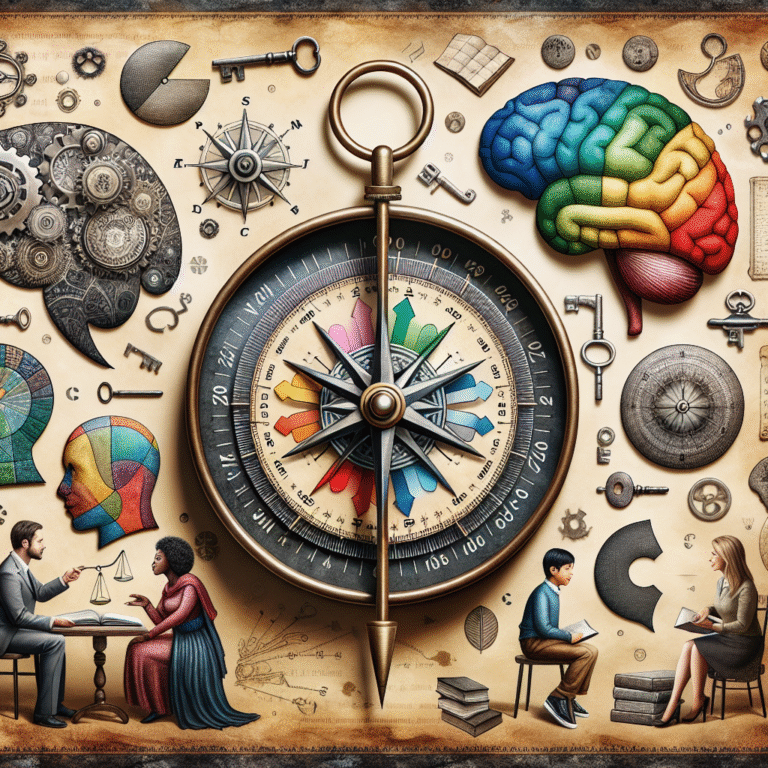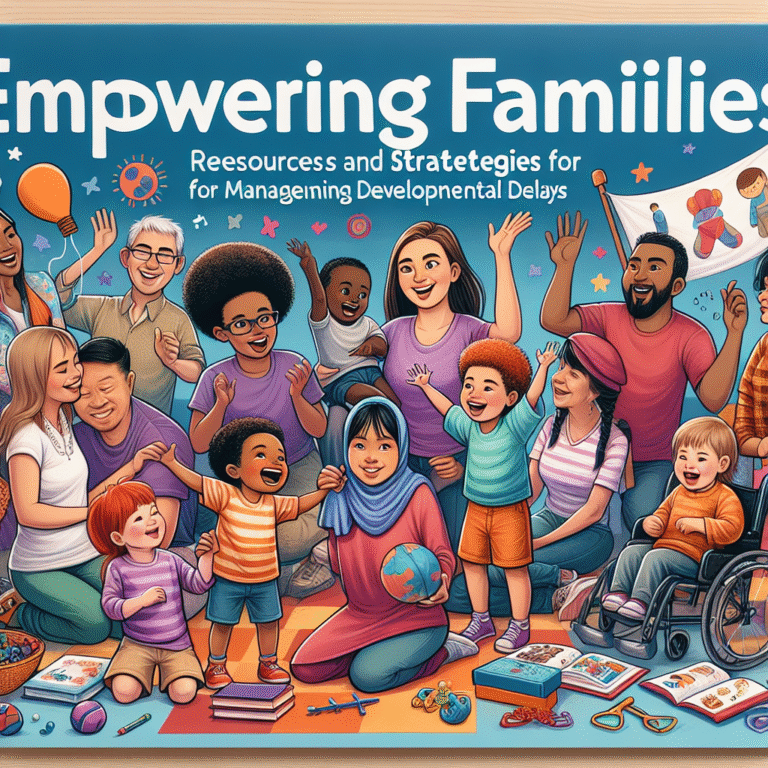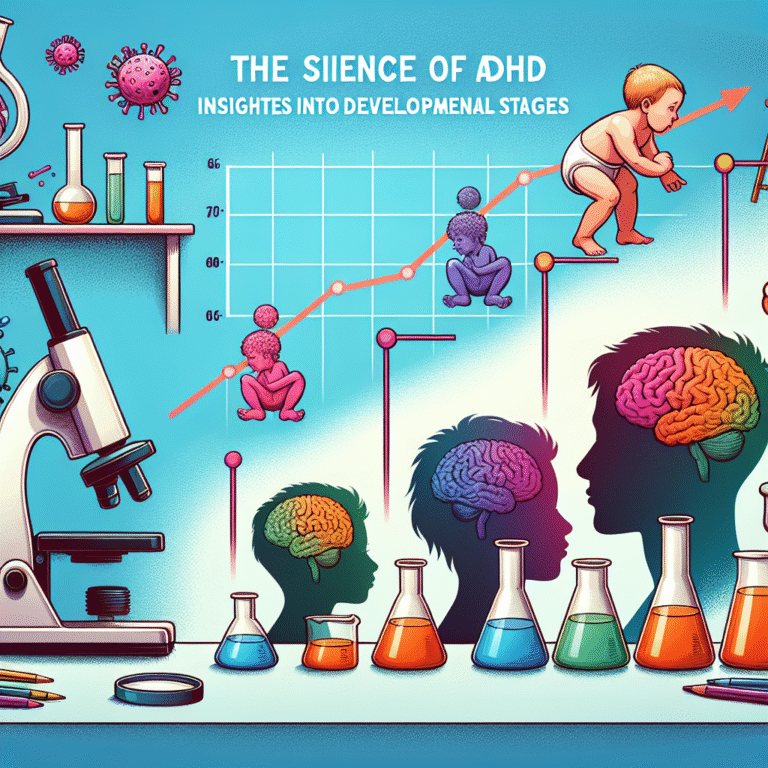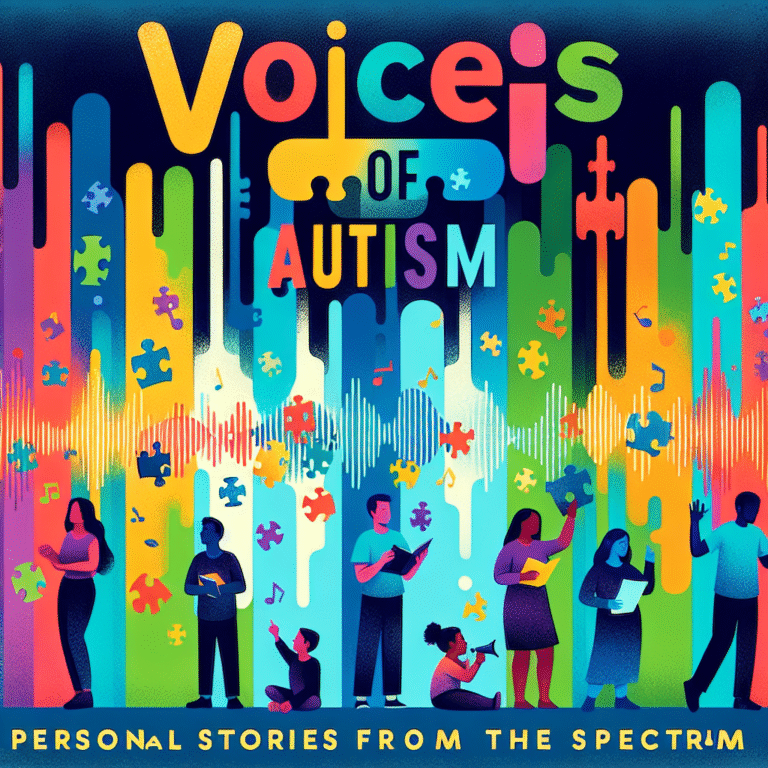
Introduction
Imagine a toddler pointing at a colorful balloon soaring high in the sky, giggling as they share the moment with their parent. This simple act of pointing is one of the earliest forms of joint attention, a social and communicative phenomenon that establishes connections between individuals and enhances human interaction. Understanding From Infancy to Adulthood: The Role of Joint Attention in Social Interaction is crucial not only for parents and educators but also for anyone interested in the fabric of social development. As we journey through the various stages of life, from infancy to adulthood, joint attention continues to play a pivotal role in shaping our relationships and social skills.
In this article, we will explore joint attention’s significance, its developmental trajectory, its implications across different ages, and how it affects our social fabric. By the end, you’ll see how essential this seemingly simple mechanism is in fostering understanding, empathy, and communication throughout life.
Understanding Joint Attention
What is Joint Attention?
Joint attention involves two or more individuals sharing a focus on an object or event through gaze, gestures, and vocalizations. This concept is foundational in developmental psychology and helps facilitate early communication. It goes beyond merely looking at something; it involves an understanding that both parties are aware of and engaged with the same thing.
The Mechanics of Joint Attention
The process of joint attention can be broken down into several stages:
- Initiation: One participant draws the other’s attention to an object or event.
- Engagement: Both individuals focus on the shared object, often enhanced by eye contact and facial expressions.
- Response: The receiver acknowledges the shared focus, often through gestures or vocalizations.
Why is Joint Attention Important?
From Infancy to Adulthood: The Role of Joint Attention in Social Interaction highlights a few key reasons why joint attention is essential:
Cognitive Development: Engaging in joint attention helps in developing cognitive skills including memory, problem-solving, and understanding intentions.
Language Acquisition: Joint attention is foundational for language learning, as it supports the association of words with objects and actions.
Social Bonding: Sharing attention creates a sense of connection and empathy, laying the groundwork for healthy relationships.
- Emotional Regulation: Joint attention experiences can also contribute to emotional understanding and regulation, as individuals learn to interpret each other’s emotional expressions.
The Developmental Trajectory of Joint Attention
Infancy: The Beginning of Social Engagement
In infancy, joint attention typically emerges around 6 to 12 months of age. The ability of infants to follow another person’s gaze or point to an object marks a significant milestone in their cognitive and social development.
Case Study: Early Interventions in Autism
A study conducted at the University of California, Davis, examined infants at high risk for autism. Researchers assessed how joint attention behaviors differed between typically developing infants and those later diagnosed with autism. The results indicated that fostering joint attention through structured play increased engagement and communicative behaviors in the latter group. This emphasizes the potential of fostering joint attention early on for improved developmental outcomes.
Toddlerhood: Expanding Interactions
By age two, toddlers become more adept at initiating joint attention – using gestures, such as pointing, to draw attention intentionally. They begin to use language to direct others’ focus, leading to more complex social interactions.
Chart: Developmental Milestones of Joint Attention
| Age Range | Joint Attention Behavior | Notable Features |
|---|---|---|
| 6-12 months | Following gaze, pointing | Mutual engagement starts |
| 12-24 months | Initiating joint attention | Increased use of gestures |
| 2-3 years | Use of language in interactions | Complex communication starts |
Preschool to School Age: Building Communication Skills
During preschool years, children refine their joint attention skills. They become more aware of others’ perspectives, which leads to improved social skills.
Case Study: Role of Joint Attention in Preschool Learning
A research initiative in early childhood education demonstrated that classrooms encouraging joint attention through group activities yielded better social problem-solving skills. Children who frequently participated in joint attention activities had higher levels of cooperation and peer relationships, crucial elements for later teamwork and collaboration skills.
Adolescence: The Shift in Social Dynamics
As children transition into adolescence, the role of joint attention highlights shifts in social dynamics. Teenagers begin to navigate more complex social relationships, relying on joint attention for deeper emotional connections.
Case Study: Joint Attention in Peer Relationships
A longitudinal study following adolescents suggested that those with stronger joint attention skills reported healthier friendships and a greater ability to understand social cues. This evidence underlines the importance of joint attention in forming peer relationships during the tumultuous teenage years.
Adulthood: Sustaining Relationships
In adulthood, joint attention evolves into a more nuanced form of communication. It helps adults navigate social situations ranging from personal relationships to professional environments.
Real-World Application: Joint Attention in the Workplace
Companies increasingly recognize the importance of joint attention in team-building practices. Training programs designed to enhance team members’ ability to establish joint attention result in increased collaboration and productivity.
Emotional Intelligence and Joint Attention
From Infancy to Adulthood: The Role of Joint Attention in Social Interaction also connects joint attention with emotional intelligence. The ability to engage in joint attention helps individuals to develop empathy and understand others’ feelings, which are hallmark features of emotional intelligence.
Implications of Joint Attention
Enhancing Social Skills
Understanding joint attention’s trajectory and its significance offers insights into enhancing social skills at various developmental stages. Environments that encourage shared focus can boost children’s communicative competence.
Therapeutic Applications
Therapists increasingly employ joint attention strategies in interventions with children diagnosed with autism spectrum disorder (ASD). Techniques that promote shared focus have shown improvements in communication skills among children with ASD, highlighting its therapeutic potential.
Conclusion
From Infancy to Adulthood: The Role of Joint Attention in Social Interaction demonstrates that joint attention is not merely a developmental milestone but a fundamental component of human interaction throughout life. By engaging in joint attention, individuals foster cognitive skills, strengthen emotional bonds, and enrich social interactions, paving the way for more connected and empathetic societies.
As we navigate our daily interactions, let us be mindful of the significance of joint attention in our lives and the lives of those around us. Encourage shared focus in your environments—be it at home, school, or work—and observe its transformational impact on relationships.
FAQs
1. What is joint attention, and why is it important?
Joint attention is when two or more individuals share focus on an object or event, essential for communication and emotional connection. It fosters cognitive and social skills, aiding in language development and relationship building.
2. At what age does joint attention typically develop in infants?
Joint attention typically begins to emerge between 6 to 12 months of age.
3. How can parents encourage joint attention in their children?
Parents can encourage joint attention by engaging in eye contact, using gestures like pointing, and narrating shared experiences during playtime.
4. What role does joint attention play in early education?
In early education, joint attention enhances learning by promoting communication, cooperation, and social bonding among peers.
5. Can joint attention strategies help children with autism?
Yes, strategies that promote joint attention have been shown to improve communication skills in children with autism spectrum disorder, highlighting its therapeutic benefits.
Through this comprehensive exploration, we have uncovered the profound implications of joint attention, illustrating its vital role as we progress from infancy to adulthood. Our understanding of social interactions will continue to deepen as we appreciate the simple yet powerful acts of shared focus and engagement.
